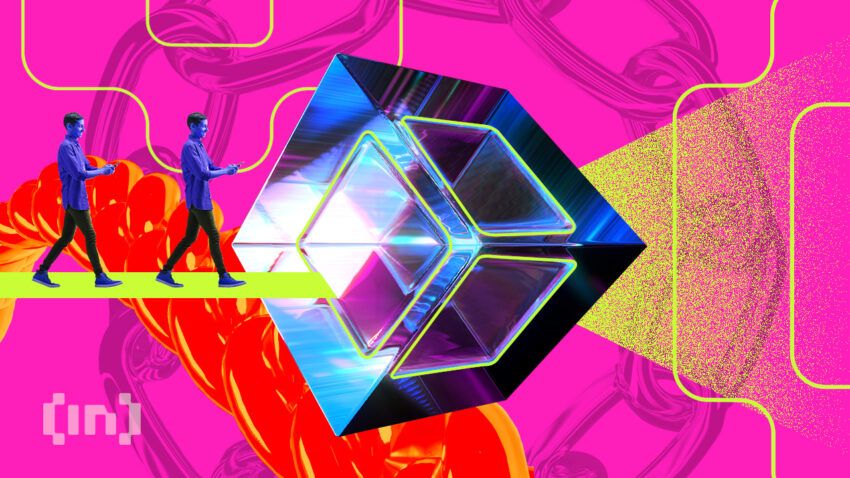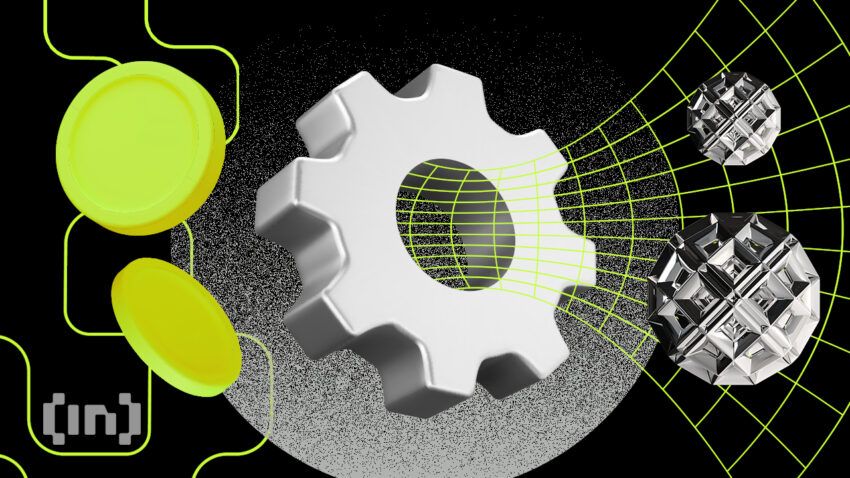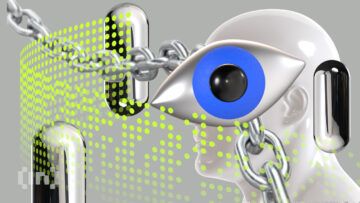Oracles are interfaces between the blockchain and the physical world. Blockchains are isolated ecosystems, so they cannot fetch data from the real world. This guide will clarify the basic concept of blockchain oracles and address the pros and cons of the technology.
Oracles on the blockchain

Bitcoin was created as a peer-to-peer electronic cash system. Yet crypto natives soon understood the original blockchain’s potential to have a broader impact. Today, Bitcoin has multiple applications, as well as the simple exchange of crypto. But it cannot gather data from the real world. So, an oracle machine is required to act as a connective link.
Blockchain use for external data
A decentralized exchange built on Bitcoin (or any other blockchain) requires the exchange rates of cryptocurrencies. However, the system can only access the data through oracles. For example, decentralized finance (DeFi) applications could not work without access to exchange rate data.
Insurance or prediction markets need a feed of information about real-world events. Oracles are bridges that allow data from the real world to be written into smart contracts. Outside DeFi, real-time data is also needed: for the prediction markets to pay winning bets or for insurance to solve disputes.
Problems with existing oracles
Using a centralized oracle on decentralized technology would render the whole application centralized. So early Bitcoin developers and enthusiasts had to solve this problem — by developing oracles specifically for emerging decentralized platforms.
How do oracle protocols work?

There are many oracle protocols, of which Chainlink is likely the best known. Here are a few of the top original blockchain oracles and how each works.
Reality.eth (RealityKeys)
Reality.eth (previously RealityKeys) is widely liked for its simple, unique design and functionality. The protocol’s underlying idea consists of “creating” knowledge for smart contracts rather than drawing on an already existing data source.
When a piece of data is needed, a question is made to the protocol. Users who know the answer can then submit a response. The answer is accepted unless challenged by another user. The question is presented to an external arbitrator (usually Kleros, a decentralized court) if a dispute isn’t solved.
Truthcoin
Truthcoin (Hivemind) likely inspired later projects such as Augur or DelphiSystems. The protocol exploits focal points as a solution to a coordination problem. Reporters on Truthcoin can vote on the outcome of an event listed in the prediction market, staking vote coins representing the reporter’s reputation. If the outcome voted is not a “focal point,” the reporter’s vote coins are slashed. Otherwise, they receive a reward. Truthcoin is one of the few existing oracles that still support the Bitcoin blockchain and uses a sidechain to reduce the computational impact on the main net.
Provable Things (Oraclize)
Provable Things (previously Oraclize) was a precursor to modern oracles such as Chainlink. The underlying idea is inspired by the concept of “flow control,” which refers to IF/THEN statements. It is used in computer science to create a chain of actions. For example, IF the user clicks the right mouse button, THEN perform this action.
A Bitcoin script may state, “IF this condition is met, THEN perform this transaction.” Oraclize verifies the condition thanks to a “proof-of-authenticity.” This shows the data gathered was not altered before being written into the smart contract.
Oracle’s weaknesses

Intuitively, the data collection methods mentioned have to collect data have weaknesses. Let’s take a look.
Economic incentives
The economic incentives, such as a reward for playing “by the rules,” works only if the reward is higher than the return gained by defying the rules. Furthermore, it cannot prevent irrational behavior, such as taking punishment on purpose to harm the platform. Finally, given the volatility of the crypto space, there’s no real guarantee of higher returns if playing by the rules in the long term. If the platform, or token price collapse, the same will be for the reward of honest oracles.
Bugs and malfunctions
There are still yet-to-be-accepted standards for oracle contracts. As such, the ones written by developers may experience malfunctions.
If, to save costs, the contracts are not audited by a specialized company, they may contain bugs that have dramatic consequences on the platform’s performance. On the other hand, if the oracle performs well, the data source may prove unreliable, resulting in poor performance.
Sybil attacks
In voting schemes, a Sybil attack refers to the practice of someone impersonating multiple agents to manipulate elections.
On the blockchain, Sybil attacks are hazardous due to the pseudonymity of users. Decentralized oracle protocols based on voting schemes are exposed to this type of attack.
The future of oracles
Plenty of different oracle designs exist, all with unique features. However, all are still inspired mainly by the programs mentioned above. Unfortunately, as the many hacks and manipulations in the DeFi space show, none has proven unbreakable.
There has been growing interest in the field of late, so we can expect more unique and robust oracle designs in the future. Limiting the use of oracles would also be an interesting path to follow. Liquidity pools introduced by Bancor Protocol are an example of DeFi applications that do not require oracles to operate.
Frequently asked questions
What are oracles used for?
What is the purpose of oracles in crypto?
What does oracle mean in blockchain?
Are oracles strictly necessary for real-world applications?
About the author

Giulio Caldarelli is an independent researcher affiliated with the University of Verona. He has a Ph.D. in Economics and Management and his main area of research concerns Blockchain Oracles and the Oracle Problem. He is currently investigating how the Oracle Problem affects different real-world applications and has written various articles and a book on this matter. Above academic research, he is devoted to teaching and spreading knowledge on Blockchain, DeFi, and of course, Oracles.
Disclaimer
In line with the Trust Project guidelines, the educational content on this website is offered in good faith and for general information purposes only. BeInCrypto prioritizes providing high-quality information, taking the time to research and create informative content for readers. While partners may reward the company with commissions for placements in articles, these commissions do not influence the unbiased, honest, and helpful content creation process. Any action taken by the reader based on this information is strictly at their own risk. Please note that our Terms and Conditions, Privacy Policy, and Disclaimers have been updated.




